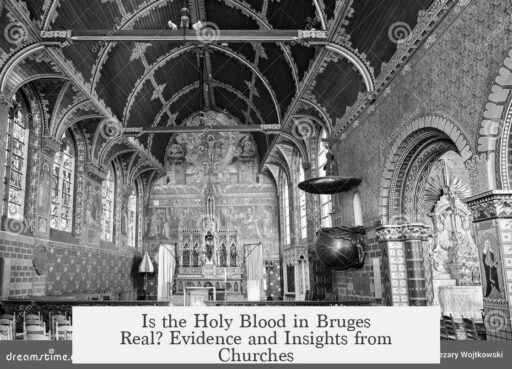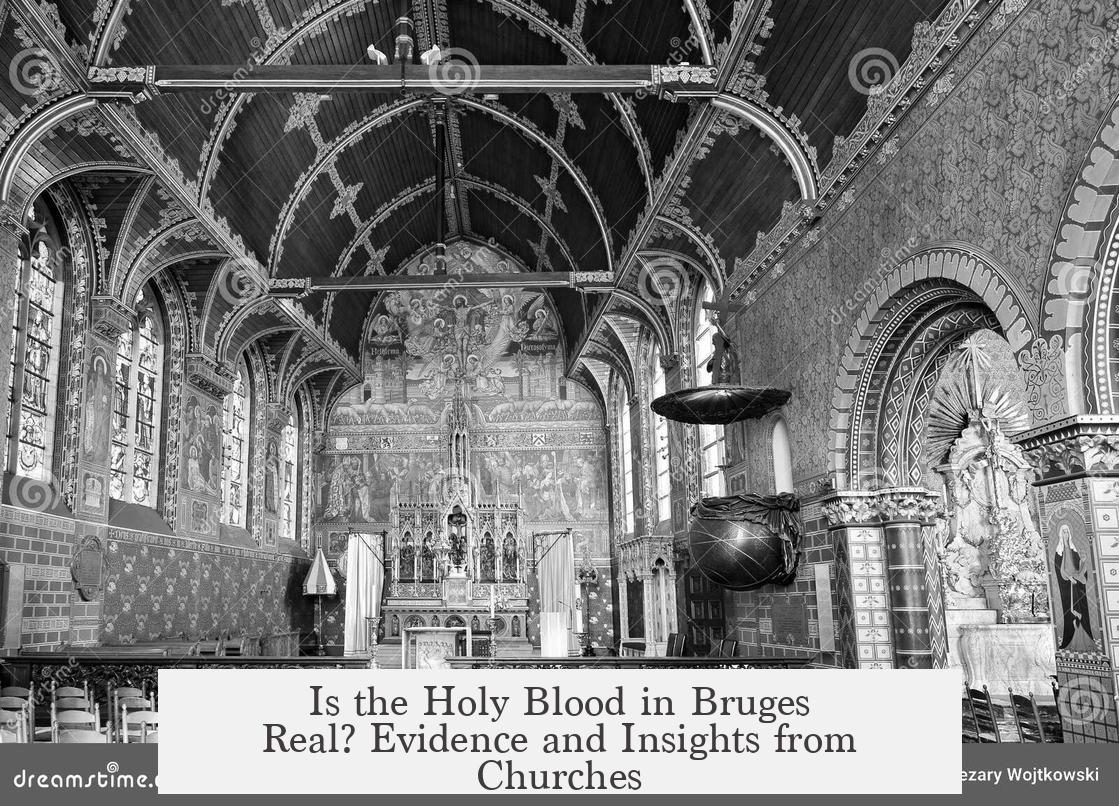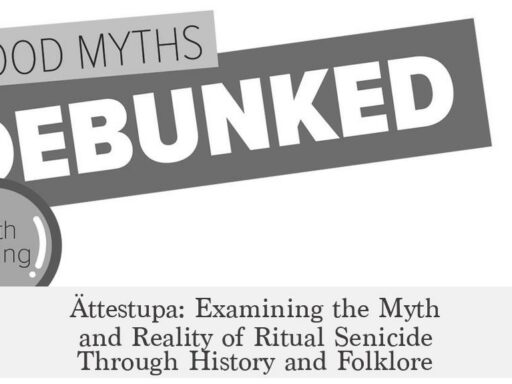The Holy Blood relic in Bruges, revered since the 15th century, lacks credible evidence proving it actually originates from Jesus. While it inspires genuine veneration and holds significant cultural value, experts widely agree its authenticity is unverified and most likely false.
This relic, known as the Holy Blood, is housed in a modest church in Bruges, Belgium. The church itself is small and architecturally simple, drawing little attention apart from the relic it contains. Devotees line up to pay respect, underscoring the relic’s continuing religious importance despite doubts about its origin.
The veneration of the Holy Blood started around the 1400s. At that time, relics linked to Christ gained immense popularity across Europe. However, no concrete historical records or scientific analyses confirm the blood’s connection to Jesus. Scholars and theologians generally view the claim as impossible to verify.
Skepticism stems from the lack of reliable provenance and the common medieval practice of creating or promoting relics to attract pilgrims and enhance a church’s status. The relic is viewed more as a symbol than a verified artifact. This does not diminish its anthropological or cultural relevance, as it offers insight into religious practices and medieval society.
The Holy Blood’s main value lies in its role within religious traditions and community identity. Visitors continue to revere it, participating in rituals linked to a long-standing cultural heritage. This ongoing devotion shows the power of symbols regardless of historical authenticity.
In summary:
- The Holy Blood relic has no verifiable evidence linking it to Jesus.
- It is housed in a small, simple church in Bruges.
- Veneration continues, highlighting its cultural and religious significance.
- Scholars consider the authenticity unlikely or impossible to confirm.
- The relic offers historical and anthropological insights beyond its debated origin.




